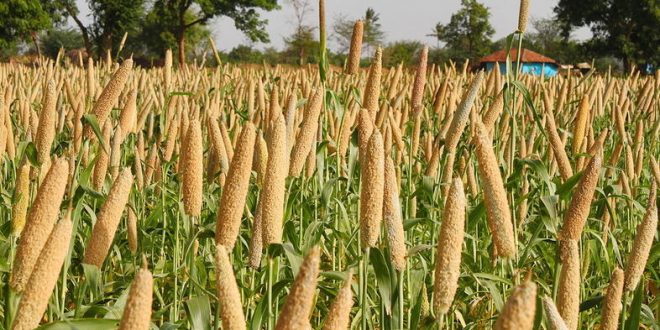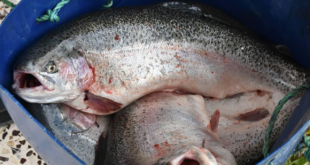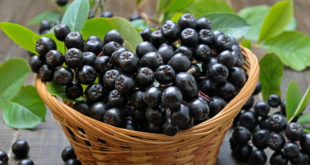In pursuit of productivity, the global food system has become focused on a few staple crops. This has not only left consumers with fewer choices for healthy diets, but also sidelined a wealth of nutritious and resilient food crops around the world.
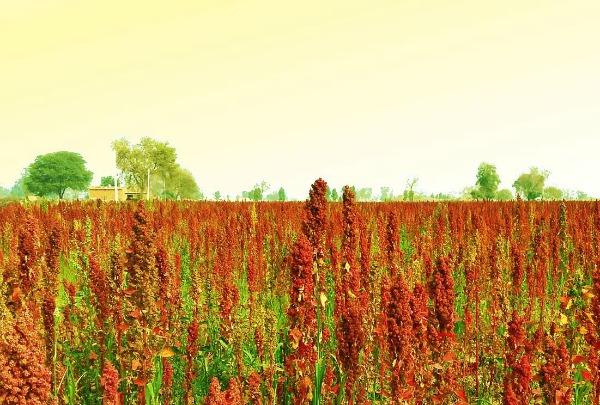
But while they may have been forgotten by formal research systems, these hundreds of ‘forgotten foods’ are still cultivated locally by small-scale farmers.
Not only are these plants frequently hardier and better suited to the local environments, but they are already accepted by communities who have often been growing them for centuries.
As we look to harness the potential of these untapped resources to improve incomes and food security, it’s essential that we include farmers from the very beginning, working with them and involving them as co-researchers.
Agricultural innovations and technologies developed by researchers, like improved crop varieties, have often struggled with limited adoption by farmers and end users who had little or no say in their development. And that shouldn’t be surprising – solutions must be tailored to their unique life circumstances. They must be easily acceptable, accessible, profitable, scalable and sustainable. They must also consider gender differences to ensure women are not left behind.
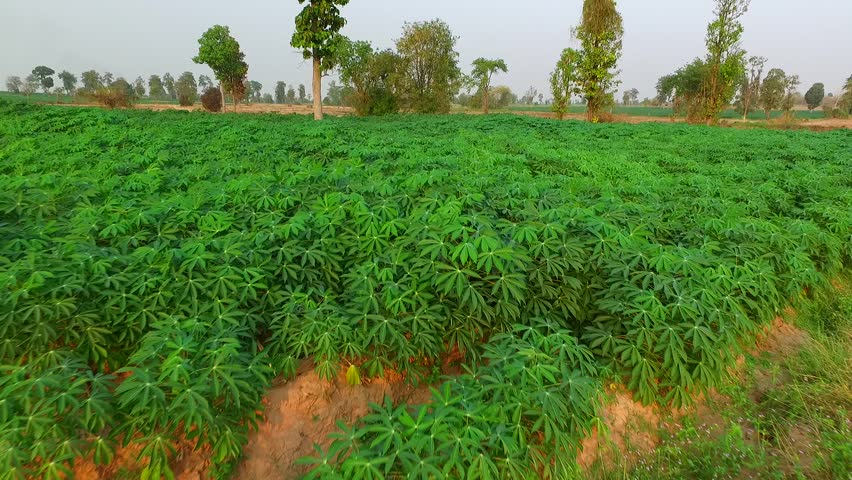
There needs to be a radical change where we involve the farmers right from the onset. This is what GFAR is attempting to do at all levels.
Forgotten foods offer a unique opportunity to start from what smallholder farmers are already doing – domesticating wild species to make them more suitable for their needs, tastes, farming conditions, capacities and environments. In this sense, farmers are scientists in their own right, making observations and experimenting to improve their crops and farms.
Their local and indigenous knowledge is of great interest to GFAR and building on these grass-root activities is a good place to start as we seek to create innovation support systems from the bottom-up. In this way, scientists can work together with farmers on an equal footing to create improvements to their crops together – each sharing their knowledge and experiences.
GFAR’s Collective Action on Forgotten Foods aims to define, together with farmers and other innovation actors, what needs to change for research systems to better support and build on the efforts of local organizations and farmers to take advantage of forgotten foods.
These changes will be agreed upon in a ‘Global Manifesto on Forgotten Foods’ and we expect them to be deep-reaching both within the organizations and on part of individual actors.
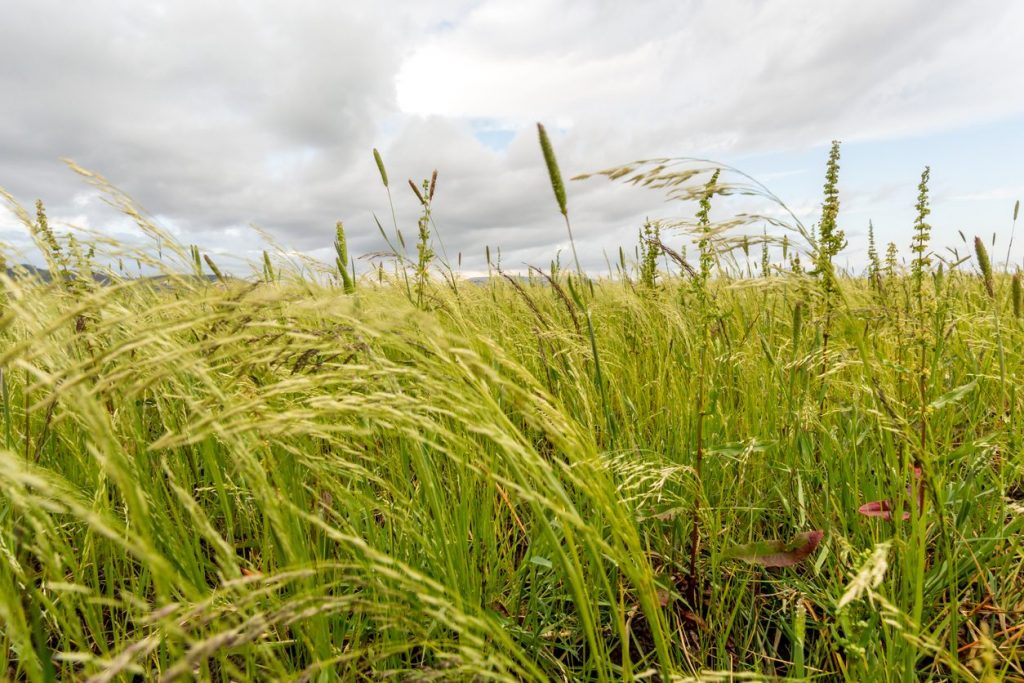
For GFAR, this means supporting a process of negotiation between stakeholders and the knowledge systems they belong – particularly between formal science and the local learning and problem-solving capabilities of the farmers that characterize indigenous knowledge.
Source: blog.gfar.net
 THE GLOBAL WINDOW OF TURKISH FOOD AND AGRICULTURE The Global Window of Turkish Food and Agriculture Sector
THE GLOBAL WINDOW OF TURKISH FOOD AND AGRICULTURE The Global Window of Turkish Food and Agriculture Sector


